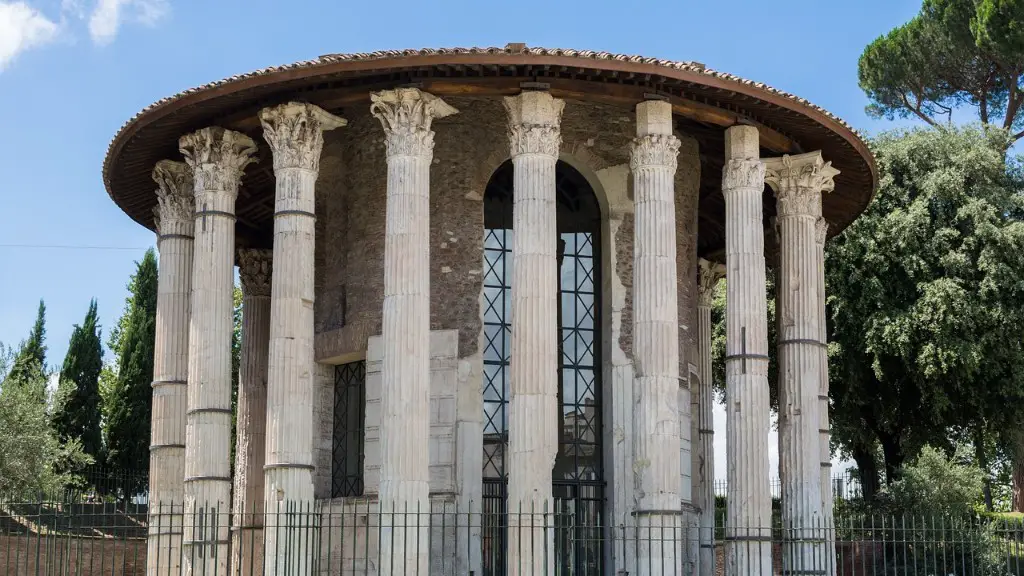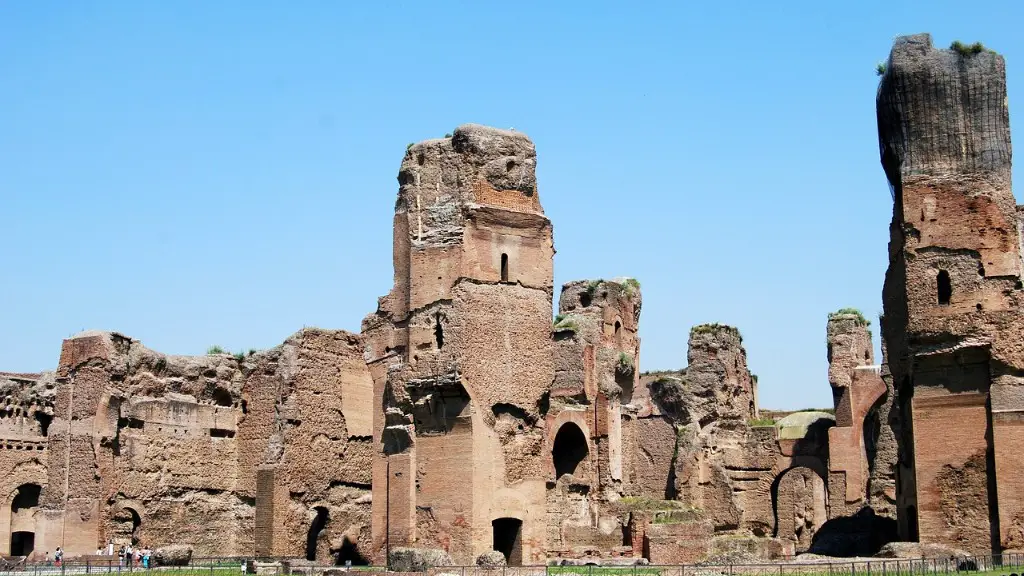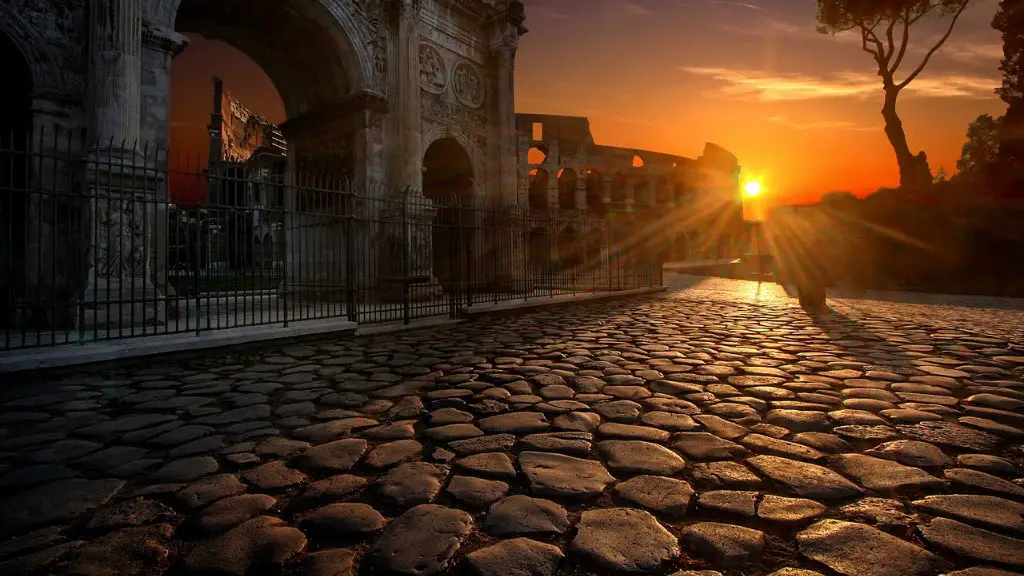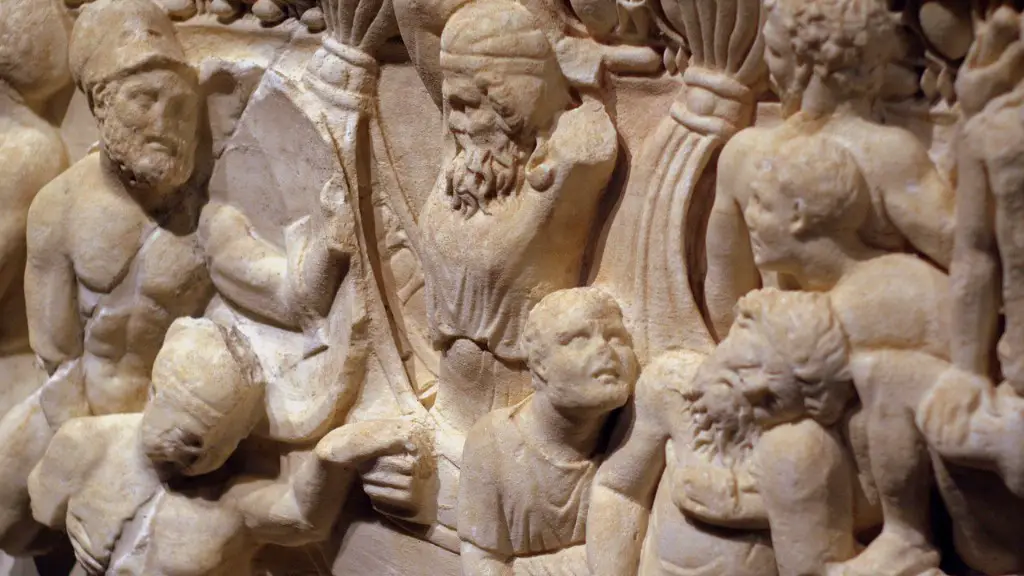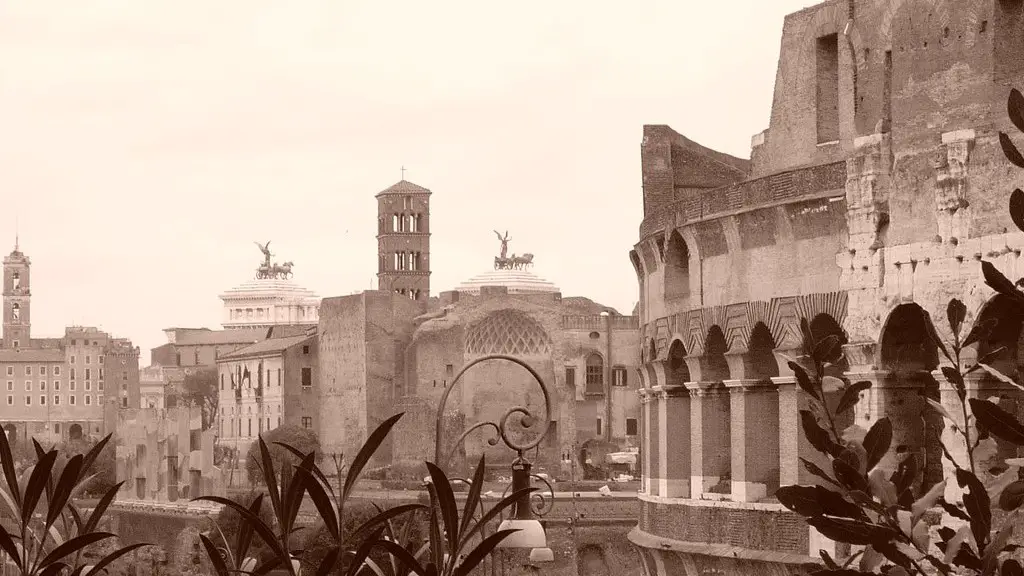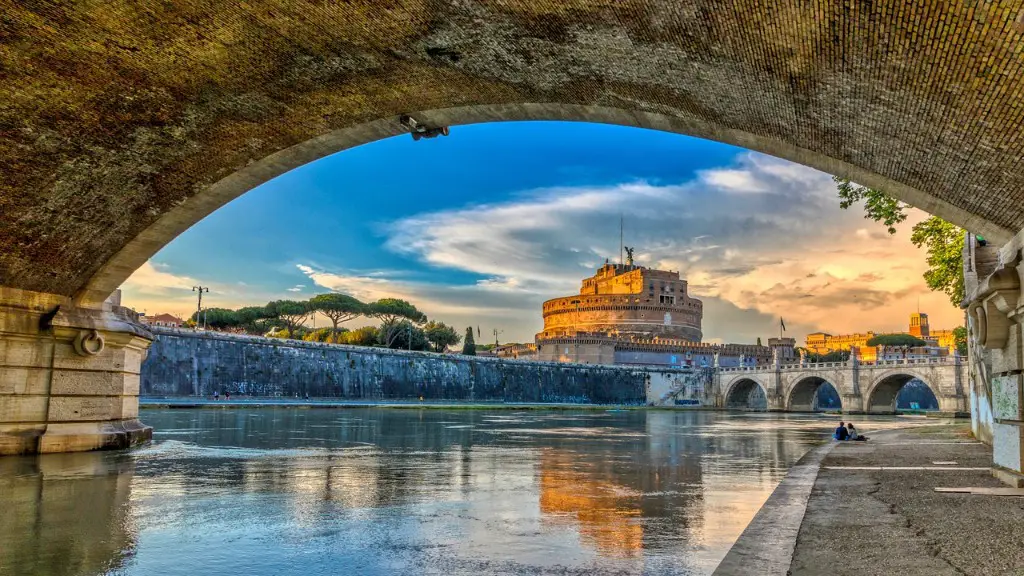The Roman Empire was one of the largest empires in history and at its peak controlled a territory that extended from Britain to North Africa and from Spain to the Middle East. A key factor in the success of the Roman Empire was trade. Merchants from all over the world came to trade in Rome and this allowed the empire to become wealthy and powerful.
So, what did merchants sell in ancient Rome? Roman merchants traded in a wide variety of goods. They sold everything from food and drink to clothes and furniture. They also traded in luxury items such as spices, jewels, and works of art. Merchants could make a good living in Rome and some even became very wealthy.
In ancient Rome, merchants sold a wide array of goods, including food, wine, olive oil, spices, clothing, and pottery.
What did ancient Roman shops sell?
Tabernae were ancient Roman shops or market stalls that were used for a variety of purposes. They were likely used to sell agricultural and industrial products, like wheat, bread, wine, jewellery, and other items. It is also likely that tabernae were used to distribute free grain to the public.
The Romans were very good at trading and importing a variety of materials from all over the world. Some of their main trading partners were in Spain, France, the Middle East and North Africa. They imported things like beef, corn, glassware, iron, lead, leather, marble, olive oil, perfumes, purple dye, silk, silver, spices, timber, tin and wine.
What did Romans trade for and what did they trade with
The Romans were well known for their trade and commerce, and they had established trade routes with many different parts of the world. One of their main trading partners was Britain, with whom they traded for silver, wool, and other goods. The silver was used to make jewellery and coins, while the wool was used to make clothes. The Romans also imported dyes and spices from the south-eastern part of their Empire to add colour and flavour to their food.
The traders traveling by land and sea were responsible for connecting people and goods throughout the empire. Spain was known for its wine, olive oil, copper, and gold. Britain was known for its tin and wool. Gaul was known for its olives, wine, grain, glass, and pottery.
What did merchants sell in Pompeii?
The shops in Pompeii were like modern day convenience stores. They sold a variety of products that would have been useful for everyday life. This included pots and pans, cushions and other textiles, bread, wine, fast food snacks, fruit and vegetables.
The Silk Road was a network of trade routes that spanned across Asia and connected China to the Mediterranean Sea. It was used by merchants to transport goods between the two regions. The most popular goods that were traded along the Silk Road were silk, wool, gold, and silver.
What did merchants do?
Merchants were those who bought and sold goods, while landowners who sold their own produce were not classed as merchants. Being a landowner was a “respectable” occupation. On the other hand, the Romans did not consider the activities of merchants “respectable”.
The role of merchants in ancient societies was far more complex than simply providing goods and services. They were also responsible for managing the economic activities of the state, as well as their own households. This dual role often placed them in a position of power and influence.
How did ancient merchants make money
The Phoenicians were an ancient people who lived in what is now Lebanon. They were known for their seafaring skills and for their trading prowess. The Phoenicians carried out the earliest known market-based private trade and arbitrage. They imported and sold tin and textiles to the local populations, in exchange for silver, gold, and other goods. They often did this at great profit. The Phoenicians were a people who knew how to make money.
South India was famous for its gold, spices, and precious stones. Pepper was particularly valued in the Roman Empire, so much so that it was known as black gold. Traders carried many of these goods to Rome in ships, across the sea, and by land in caravans.
How did trade work in ancient Rome?
The Roman trade routes were used to transport goods and materials throughout the empire. The routes were also used to move the Roman army to different parts of the empire. The roads were meticulously maintained and were some of the best in the world at the time.
Tradesmen were an important part of society in the past and played a key role in the economy. They traded goods that were essential to everyday life, such as salt, iron and textiles. They also traded rarer items that were not as easily available, such as silk and spices. With time, they became more specialized and began to focus on specific trades, such as cloth, shoes, beer and glass.
What was the main marketplace in ancient Rome
The Roman forum was a multipurpose, centrally located open area that was surrounded by public buildings and colonnades. It served as a public gathering place and was an orderly spatial adaptation of the Greek agora, or marketplace, and acropolis. The forum was a place where people could meet to discuss politics, religion, business, or just to socialize. It was also the site of many important public events, such as speeches, rallies, and ceremonies.
Welcome to Pompeii, a bustling seaport located in the heart of the Mediterranean. Our city is well known for its wine, pottery, olive oil, and foodstuffs, which we trade with merchants from all over the Mediterranean. We also export metalwork, wine, olive oil, and garum, a fish sauce that is very popular in the region. Thank you for choosing Pompeii as your destination, and we hope you enjoy your stay.
What were 10 things traded on the Silk Road?
The Silk Road was a network of trade routes that linked together various regions of the world. In addition to silk, a variety of other goods were traded on the Silk Road, including porcelain, tea, paper, and bronze products from China, fabrics, spices, semi-precious stones, dyes, and ivory from India, cotton, woolen goods, and rice from Central Asia, and furs, cattle, and honey from Europe.
The city of Venice was an important center of trade during the medieval period. merchants from all over the world would come to the city to sell their goods. Among the most popular items traded were gems, mineral dyes, peacock feathers, spices, and textiles. These items were highly prized by Europeans and were willing to pay high prices for them. Venice was able to take advantage of this demand and became very prosperous as a result.
Conclusion
In ancient Rome, merchants sold a variety of goods, including food, clothes, pottery, and metalwork. They also sold slaves and luxury items.
Merchants in ancient Rome sold a wide variety of items, including food, clothing, household items, and luxury goods. They played an important role in the economy, providing people with the goods they needed to live and thrive.
